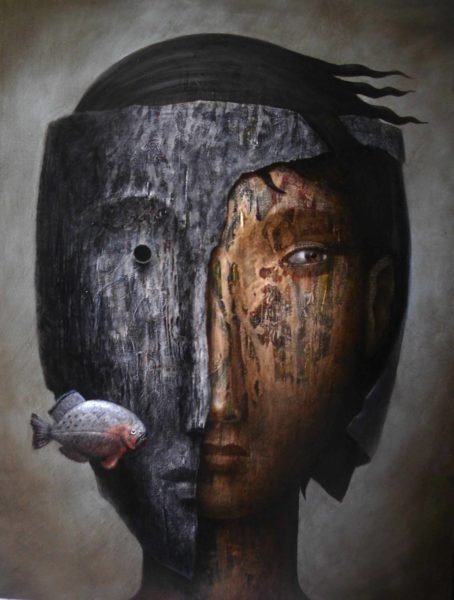Butoh is a Japanese theatre/dance form, founded by Tatsumi Hijikata and Kazuo Ohno. It’s quite impossible to explain Butoh in words; doing so is counter productive to the form.
Butoh is life. Imagery. Fluid trans-formation.
“The body is a metaphor for words and words are a metaphor for the body.” Tatsumi Hijikata
Though I practiced Butoh with Zen Zen Zo for a period of 10 years, I’m very much a trainee, rather than an expert. I have had the honour to train with Masters like Hiroko Tamano and Helen Smith. Hiroko has taught me ‘the rare chance to accept’ – allowing the body, images and movement to tell a story.
Butoh is a dance/theatre form. It has no direct connection to Second Language learning, in the sense that there is nothing published on the subject.
It has, however, many indirect connections: it can help participants embody a gesture; become an image; feel a sensation. These can be useful strategies when learning a second language.
I use principles of Butoh in my practice to awaken the participants’ performative self. Butoh-style imagery and body motion can inject non-narrative tension in a drama workshop. It can heighten a sense of symbolism in ritualised performance.
Being moved, Thesis by Helen Smith
Check out:
Nanako, K. (2000). Hijikata Tatsumi: The Words of Butoh. TRD/The Drama Review, 44(1), 12.
I wish to pay homage to Koichi and Hiroko Tamano, Butoh Masters from the Hijikata lineage.



